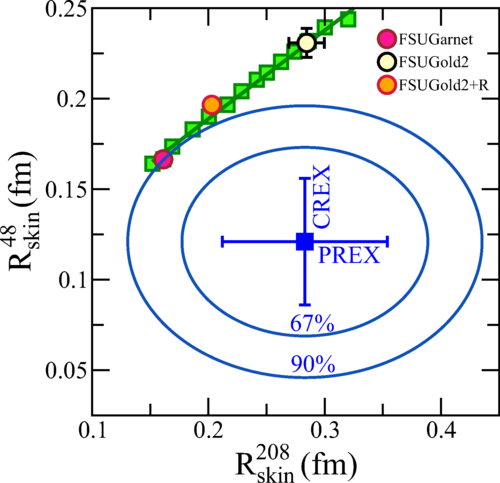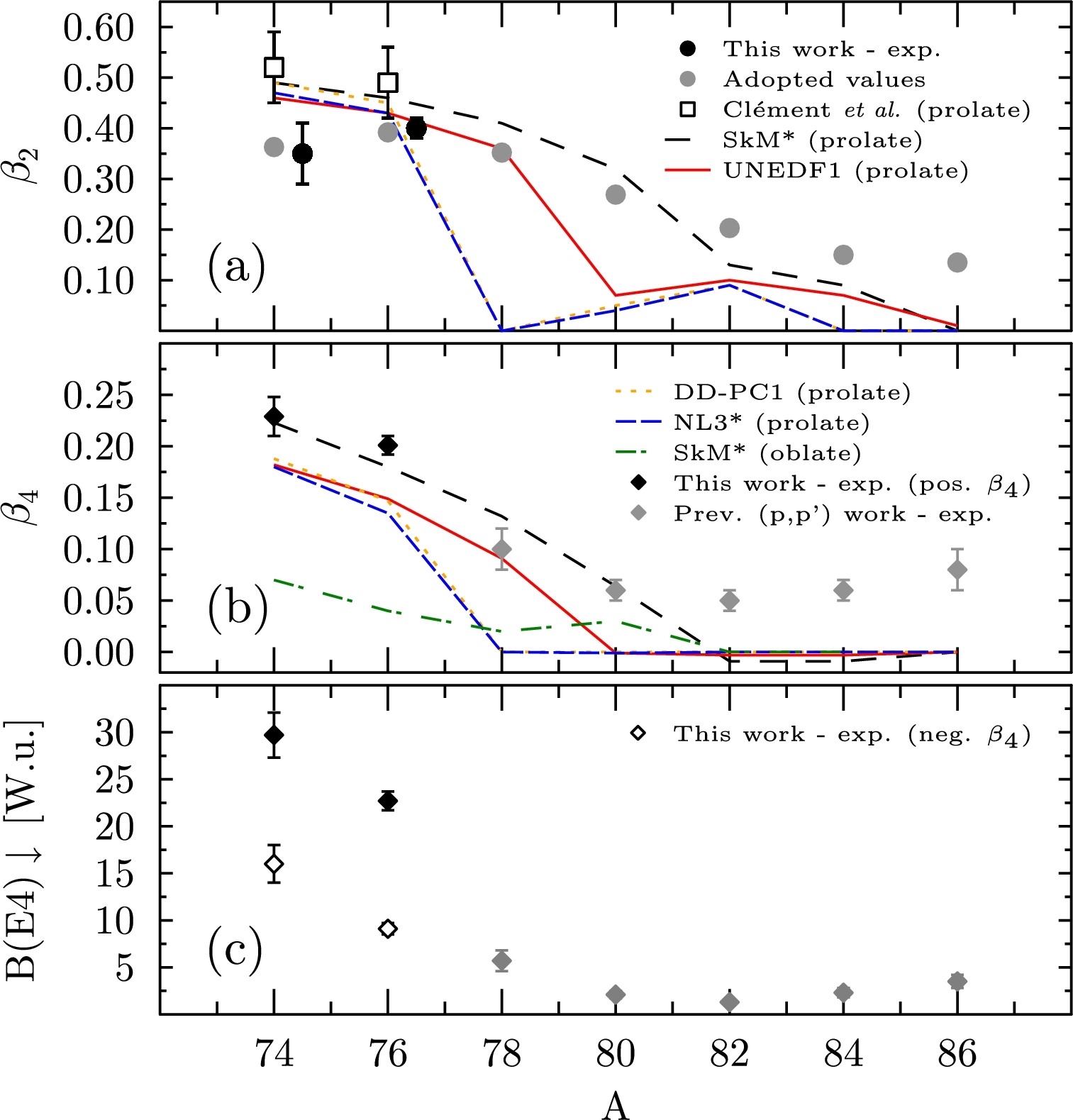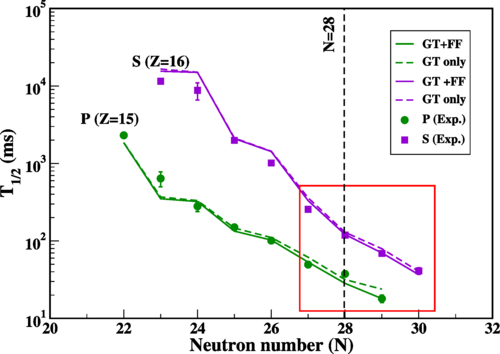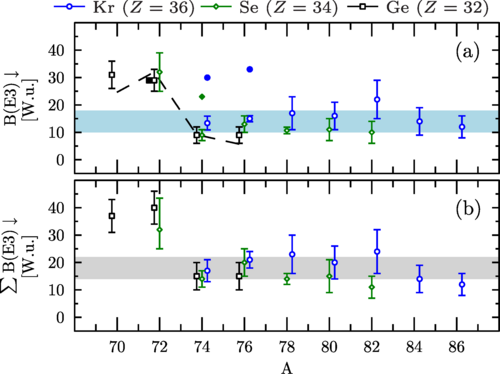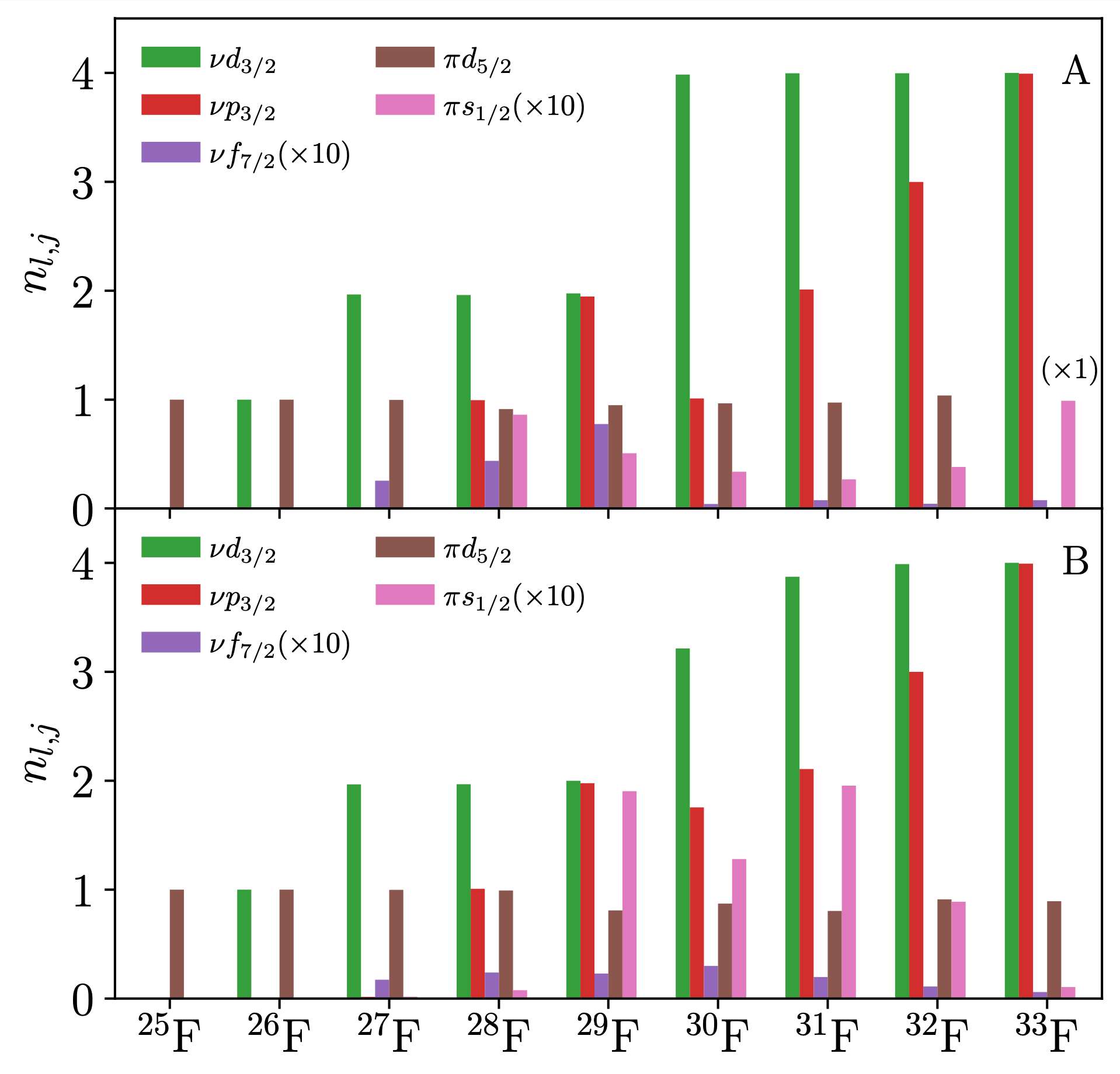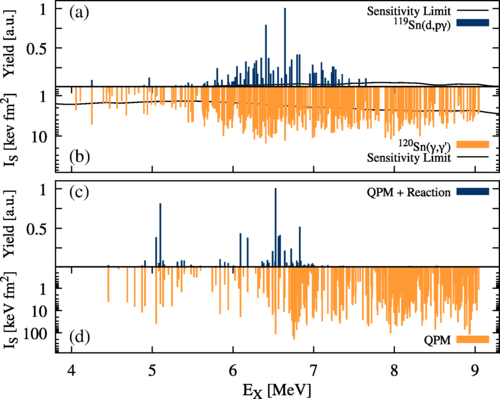Studying Atomic Nuclei while Reaching for the Stars
Exploring the synergy between nuclear physics and astrophysics has always been a core mission of nuclear science. Florida State University hosts strong groups in experimental and theoretical low-energy nuclear physics, as well as in astrophysics and astronomy, which work synergetically to tackle the open questions at the crossroads of these disciplines. The programs are funded by the Department of Energy (DOE) and the National Science Foundation (NSF). FSU plays a major role in the FRIB Theory Alliance. Besides performing experiments at different national and international facilities, the experimental nuclear physics group runs the John D. Fox Superconducting Linear Accelerator Laboratory located on the FSU campus. Operations of the laboratory are funded through the NSF. The Fox Laboratory is part of the Association for Research with University Nuclear Accelerators (ARUNA) and of the Center for Excellence in Nuclear Training and University-Based Research (CENTAUR).
Graduate Studies in Nuclear Structure and Nuclear Astrophysics
Become a part of our team. Exciting research projects are waiting for you. To find out more, visit our "Research" page. To apply as a gradudate student in the Physics Program at Florida State University, click here.
FSU graduates talk about their graduate-research experience at the Fox Lab.
Dr. Maria Anastasiou (Supervisor: I. Wiedenhöver)
Dr. Kalisa Villafana (Supervisor: M. Riley)
Featured Research
Recent News and Highlights
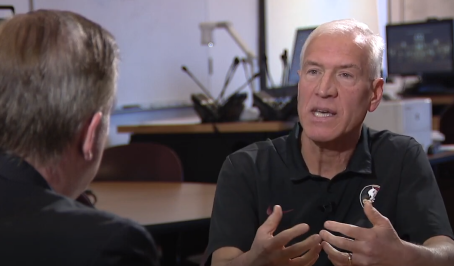
Cottle on Florida's STEM education
Paul Cottle was interviewed by 20-time Emmy winner Craig Patrick of Tampa Bay's Fox 13 for his show "Money, Power and Politics" about Florida's shortcomings in preparing high school students for college STEM majors, including physics, engineering and computing. The segment was broadcast in March 2024 and can be found on YouTube. Cottle was also invited by the Palm Beach County School District (the nation's tenth largest school district with about 200,000 students) to speak to high school students about how to best prepare for college majors in STEM fields, including physics, engineering and computing. Professor Cottle spoke to a live audience at John I. Leonard High School and reached many more through the district's live stream of the talk to high schools throughout Palm Beach County on March 14, 2024, which is available on YouTube.

New Long Range Plan for Nuclear Science
The United States Nuclear Science Advisory Committee (NSAC) released "A New Era of Discovery: The 2023 Long Range Plan for Nuclear Science". This new long range plan provides a roadmap for advancing the nation's nuclear science research programs over the next decade. The U.S. Nuclear Science community releases such a plan every 5-8 years highlighting the scientific opportunities of nuclear physics today to maintain world leadership. The document also explores the impact of nuclear science on other fields and applications of the research that benefit society. Science opportunities at the ARUNA laboratories, to which the Fox Lab belongs, were prominently featured.

Dr. Fossez receives NSF CAREER Award
Dr. Kevin Fossez has earned one of the most prestigious awards available to early career faculty members for his work in theoretical nuclear physics. He is a recipient of a 2023 Faculty Early Career Development Award, or CAREER Award, from the National Science Foundation for his work investigating how to better predict properties of new combinations of protons and neutrons at the limits of nuclear stability. “I am thrilled this award will provide funding for five years to pursue my work within a long-term perspective by building a research group and going deeper into certain problems, like challenging the common understanding of atomic nuclei by producing isotopes with a fleeting existence,” Fossez said. “It is also recognition that my work is valued by the scientific community, which is always appreciated.” Read more in this feature article.
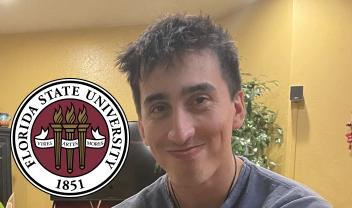
Marc Salinas receives dean's award for doctoral excellence
FSU graduate student Marc Salinas, who works with Professor Piekarewicz, received the 2023 DEAN’S AWARD for DOCTORAL EXCELLENCE (DADE). The competitive award recognizes meritorious performance from doctoral students in the later phases of their program. Marc's research focuses on constraining the nuclear matter equation of state through the use of relativistic mean field theory and by incorporating information from nuclear experiments and neutron stars into a Bayesian framework.

Fox Lab alumnus featured in APS News
Fox Lab alumnus Jesus Perello Izaguirre has been featured in the FSU Spectrum magazine as well as in the American Physical Society (APS) News. Jesus joined FSU's graduate school program through the Department's Bridge program. At the Fox Lab, part of the U.S.’s Center for Excellence in Nuclear Training and University-Based Research (CENTAUR), Jesus worked alongside Prof. Sergio Almaraz-Calderon to better understand observations made by the NASA Fermi gamma-ray telescope orbiting in space that detected radioactive elements throughout the galaxy. After graduating in 2021, he accepted at postdoc position at Los Alamos National Laboratory. Read more about his story in the two feature articles.

Particle-gamma coincidences at SE-SPS
The Fox lab has completed the installation of CeBrA demonstrator for particle-γ coincidence experiments at the Super-Enge Split-Pole Spectrograph (SE-SPS) and connected upgrades to the beamline. The first particle-gamma experiments with the new CeBr3 gamma-ray detectors concluded successfully including experiments during the 2023 REU at the Fox Lab. The results of the commissioning experiments have been published in Nuclear Instruments and Methods in Physics Research Section A. FSU graduate student Alex Conley, working with Dr. Spieker, led the developments.

FSU research featured in DOE Science Highlights
The Department of Energy, Office of Science has recently featured research from our group in their Science Highlights. In December 2022, the work of Professor Jorge Piekarewicz was featured in an article titled "Building Bridges and Ladders in Astrophysics: Theory and Experiment Inform the Equation of State". Earlier in 2022, the Office of Science had chosen the work of our graduate student Eilens Lopez-Saavedra for a highlight: "Near-Threshold Resonance Helps Explain a Controversial Measurement of Exotic Decay in Beryllium-11". The results were obtained in collaboration between the groups of Professors Sergio Almaraz-Calderon, Alexander Volya and Ingo Wiedenhoever.
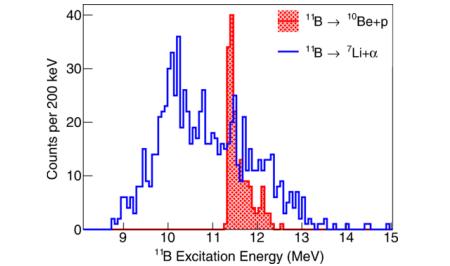
Elusive resonance in 11B
FSU graduate student Eileens Lopez-Saavedra and her collaborators have observed the elusive near-threshold resonance in 11B. The 10Be(d,n)11B → 10Be+p experiment was performed at the Fox Lab with RESOLUT and a dedicated detector setup in inverse kinematics. The now confirmed presence of the state (resonance) is an important step toward understanding the excessively large beta-delayed proton-decay branch of 11Be, which had previously triggered lots of speculations including exotic decays of the neutron. The results were published in Physical Review Letters.

FRIB Visiting Scholar 2022
The Facility for Rare Isotope Beams (FRIB) at Michigan State University has opened its doors holding the promise to reach the new frontiers of the nuclear chart. To perform the first user experiment with the FRIB Decay Station initiator (FDSi), Vandana Tripathi was selected as the award recipient for the 2022 FRIB Visiting Scholar Program for Experimental Science. Read more about the excitement around the first FRIB experiment and Vandana's award.

